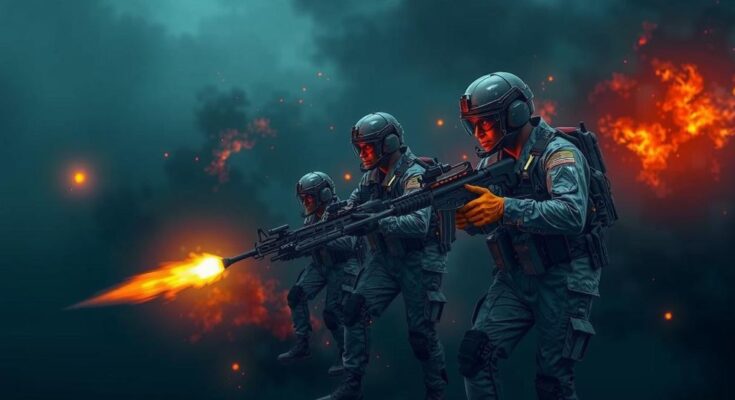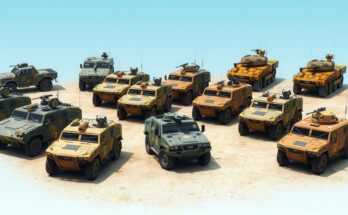U.S. officials indicate that Israel’s military actions have heavily impacted Hezbollah and Hamas, yet both groups remain operationally capable. Despite considerable losses, Hamas continues to recruit fighters while Hezbollah retains significant military assets. The global landscape of terrorism may be exacerbated as factions like ISIS and al-Qaida respond to the current conflicts.
Recent assessments by U.S. intelligence officials indicate that while Israel’s military efforts against Hezbollah and Hamas have caused significant damage to these Iran-aligned militant groups, they have not rendered them incapable of future operations. Brett Holmgren, the acting director of the U.S. National Counterterrorism Center, acknowledged the destruction of Hezbollah’s leadership and capabilities. However, he warned that both groups have maintained their resilience, with Hezbollah holding onto a substantial arsenal. Holmgren noted that despite heavy losses during the current conflict, Hamas remains an insurgent force, possessing the ability to recruit new fighters. Although estimates suggest Hamas had between 20,000 to 30,000 fighters, U.S. intelligence has reported that the group continues to attract recruits due to a lack of viable alternatives for disaffected young men in Gaza. The situation is compounded by notable casualties inflicted upon both factions by Israeli military operations, with Israeli officials claiming significant fighter fatalities. Moreover, the conflict has raised alarms about the resurgence of other terrorist organizations globally. With the troubled conditions in Gaza and in Lebanon, groups such as Islamic State and al-Qaida appear to be seizing opportunities to galvanize their own operations. U.S. officials now express concerns over the growing recruitment and activity of younger individuals in terror movements. As regional and global tensions intensify, analysts conjecture that Iran’s influence may further complicate the situation, especially in light of the geopolitical dynamics involving the impending U.S. presidential transition.
The current conflict involving Israel, Hezbollah, and Hamas has deep historical and political roots, mainly tied to longstanding territorial disputes and sectarian tensions in the Middle East. Hezbollah, a Lebanese militant group supported by Iran, has been a significant military entity since its inception in the early 1980s, while Hamas, the Palestinian group governing Gaza, has been involved in multiple conflicts with Israel. In recent weeks, intense military operations have raised questions about the operational viability and long-term capabilities of both groups amidst rising global terrorism concerns.
In summary, although the military operations led by Israel against Hezbollah and Hamas have inflicted notable damage, both groups retain considerable resilience and operational capabilities. The current conflict has wider implications, potentially inciting other extremist groups to renew their activities globally. The situation calls for sustained international vigilance as the landscape of terrorism evolves in response to these developments.
Original Source: www.voanews.com




